Telos Audio Design
Earth Grounding Monster
Ultimate Reference active grounding
Incl. 21 % TAX € 44,950.00
Demo unit available!
- Provides an up to 1500 times lower grounding impedance in your system
- Significantly reduces your systems’ grounding noise
- Uses more powerful Grounding Noise Reducer (GNR) Technology
- Wideband magnetic module (QMT) incorporated
- Double Quantum Noise Reducer (QNR) circuit
- Available in two versions:
* Standard Signature Edition (full copper foil capacitor)
* RAW Power Signature Edition (silver foil capacitors,
silver plated capacitors, copper foil capacitors) - 12 Ground inputs, max. 24 connections
- Including 12 Grounding Wires 1.92 m + HQ Power Cord 1.5 m
- Weight 45 kg / 99 lbs
- Dimensions 48.5x46x17 cm / 19x18x6.7 inch
A monstrous Tour-de-Force in reducing ground noise
A grounding (also called earthing) facility has always been there for the sole purpose of safety, for example shock hazard prevention, lightning protection, noise shielding and other functions.
In an audio/video setup the effectiveness of the grounding facility has an immediate impact on background noise. Bad grounding translates to poor sound quality and coloration but most of all it greatly worsens the listening experience. Our statement is: you win more by reducing ground noise than by reducing mains noise.
Present situation
It is almost impossible to get a satisfactory grounding facility, let alone one that meets the audio/video requirements. Most of the time, they only adhere to the minimum safety requirements. The common ones have the neutral wire and the ground wire connected together, or there is no ground on the receptacles, leaving the ground wire unconnected. This allows noise from the home appliances to pollute the neutral wire, causing interference. Electrical appliances like inverter air conditioners, solar panels and those with switching power supplies, like computers, TV’s and LED lighting generate the highest level of interference.
When the electrical reference point is polluted with noise, it could get into the signal path and you could hear it as noise. Also, the noise could potentially enter the digital circuit and cause bit errors.
The pros and cons of a passive audio grade grounding box
Passive grounding boxes out there are made using materials with good conductivity like copper plates, copper rods, copper mesh, mineral powder or some composite substance. The good point about the passive, simulated ground is that it is very easy to make. In fact, most of them can be made easily by anyone having just any DIY skills.
At the same time, the properties of the minerals or gemstones will change over time and need to be serviced on a regular basis. This includes material replacement and realignment in order to restore effectiveness.
The problem is that passive grounding boxes cannot even alleviate voltage changes. They are not able to provide near ground reference voltage. Hence, they are not able to quickly stabilize the fluctuating potential difference between the A/V equipment. To use an analogy, imagine floating ships on the ocean, the sea is the ground voltage but it can never be truly stable. Telos’ active grounding solution differs since each component in the system is given a ‘reference’ ground voltage, similar to how a master clock works to reference all components to one highly accurate, stable clock.
Telos Grounding Noise Reducer “active ground box”
To overcome the above limitations, Telos brings a new meaning to grounding implementation. This has proven to be the most elegant way for any A/V setup.
Their R&D team analyzes audio equipment from a unique perspective. Every piece of equipment uses a power supply in order to operate at the correct, safe DC voltage. Hence, a power supply is said to have the primary side and secondary side. The primary side is from the power receptacle, all the way to the input of the power supply. The secondary side is from the output of the power supply to the circuit board. The A/V circuitry remains within the secondary side.
The Telos technical design team installed a CPU (micro processor) within the Earth Grounding Monster to calculate and generate a high precision ground reference voltage. Grounding is achieved by connecting the audio equipment to the binding posts of the Telos GNR that carries the ground reference voltage. By doing so, the GNR circuit is able to truly correct the ground reference point for the equipment chassis, audio circuitry and the ground connection.
Using the same analogy as a high precision digital clock, the GNR circuit generates a low distortion ground reference voltage, giving each piece of equipment a consistent reference point. When the A/V setup is operating on a singular ground potential, the signal transmission becomes least impeded, avoiding any transmission loss due to mains plug orientation mistakes, unwanted ground currents and bit errors. Therefore, it truly achieves the best transmission possible.
The Grounding Monster comes with 12 ground wires of the same materials, thus each piece of equipment is having the same grounding impedance characteristics. This greatly reduces the likelihood of coloration. Grounding your equipment is easily done by either using an unused in- or output (RCA, XLR, USB, HDMI etc.) or a spade under a screw of the equipment housing. The audible results can differ significantly – experimenting with the method of connecting (via a chassis screw or via an unused in/output) is highly recommended. Telos suggests connecting as many components to the Grounding Monster as possible, and when doing so, you can connect a component more than once. It is advised not to use more than two wires per post and to keep digital and analog separate – meaning you could use up to 24 wires and even more components (some of the supplied wires have a single spade at one end with double RCAs at the other). You should not connect the Earth Grounding Monster to the AC ground at any outlet nor to connect the unit to the negative terminal on an amplifier (bridge or BTL amplifiers!).
By having an isolated ground for your A/V setup, the effect is at least as good as having a dedicated power line, because the ground potential generated by the Grounding Monster only serves your equipment. Noise of the rest of your house will be totally isolated.
The Grounding Monster lives up to its expectations because of its appearance already. Its body was CNC machined of one gigantic block of massive aluminum in order to absolutely rule out any unwanted vibrations. It simply incorporates all great circuits and knowledge Telos has acquired over the past years. With its heart 40 times more powerful than the GNR, it equals the upgrade from a simple Suzuki Alto to a Ford Mustang! With 12 separate ground connections it can serve up to 24 devices. With its QMT wideband generator, it will every 15 minutes completely homogenize the magnetic fields, after which the antennas will switch to the 7.83 Hz Schumann resonance circuit.
Note: Any Ground Noise Reducer won’t work properly if you have a balanced electricity grid or use a balanced isolation transformer.
Reviews:
TELOS “MONSTER” GNR,…The Necessary Devil?! by Dato’ Danon Han @ analoguefellowship.com
“…alived‘, ‘energised‘, ‘delineated‘, ‘spaced‘ and ‘aired’…“SHAZAM!”
em>”After I got over my ‘misdirected expectations’, I realised that the TELOS ‘MONSTER’ GNR was ‘devilish in the details‘ and that distinctiveness of details made the Ultra End Audio;…brought out the color,…great class of refinement and resolution, …naturalness,… surrealism,…flow, …sensationalism,…and ultimately,…enjoyment.”
Telos Earth Grounding Monster – When not in use, music is like missing the soul by Wen‧Lin Zhiyu @ u-audio.com.tw, Part #2
“Grounding Monster makes the system seem to jump a big level. When not in use, the piano sound is simple, the sound is straight, it sounds a bit monotonous, and the bottom plate is not so calm. Yes, even though the touch keys are weak, Grounding Monster can still express the difference between light and heavy more clearly, so it presents more subtle changes in strength and weakness. The timbre also sounds more real, as if I am more directly face to face with the player, more directly touched by the player’s music.”
The Telos Earth Grounding Monster A riddle wrapped in mystery inside an enigma… by Roy Gregory @ gy8.com
“What the Telos Monster brings to the music is a sense of unity. The recorded event is reproduced as a single, coherent and purposeful whole, utterly separate from the speakers and the system driving them.”
Telos Earth Grounding Monster – Created for tens of millions of audiophiles by Wen‧Tiankai Dai @ u-audio.com.tw, Part #1
Product description


Wees de eerste om “Telos Audio Design
Earth Grounding Monster
Ultimate Reference active grounding” te beoordelen Reactie annuleren
Gerelateerde producten
Incl. 21 % TAX € 750.00
Incl. 21 % TAX € 495.00
Incl. 21 % TAX € 8,695.00
Incl. 21 % TAX € 119.00




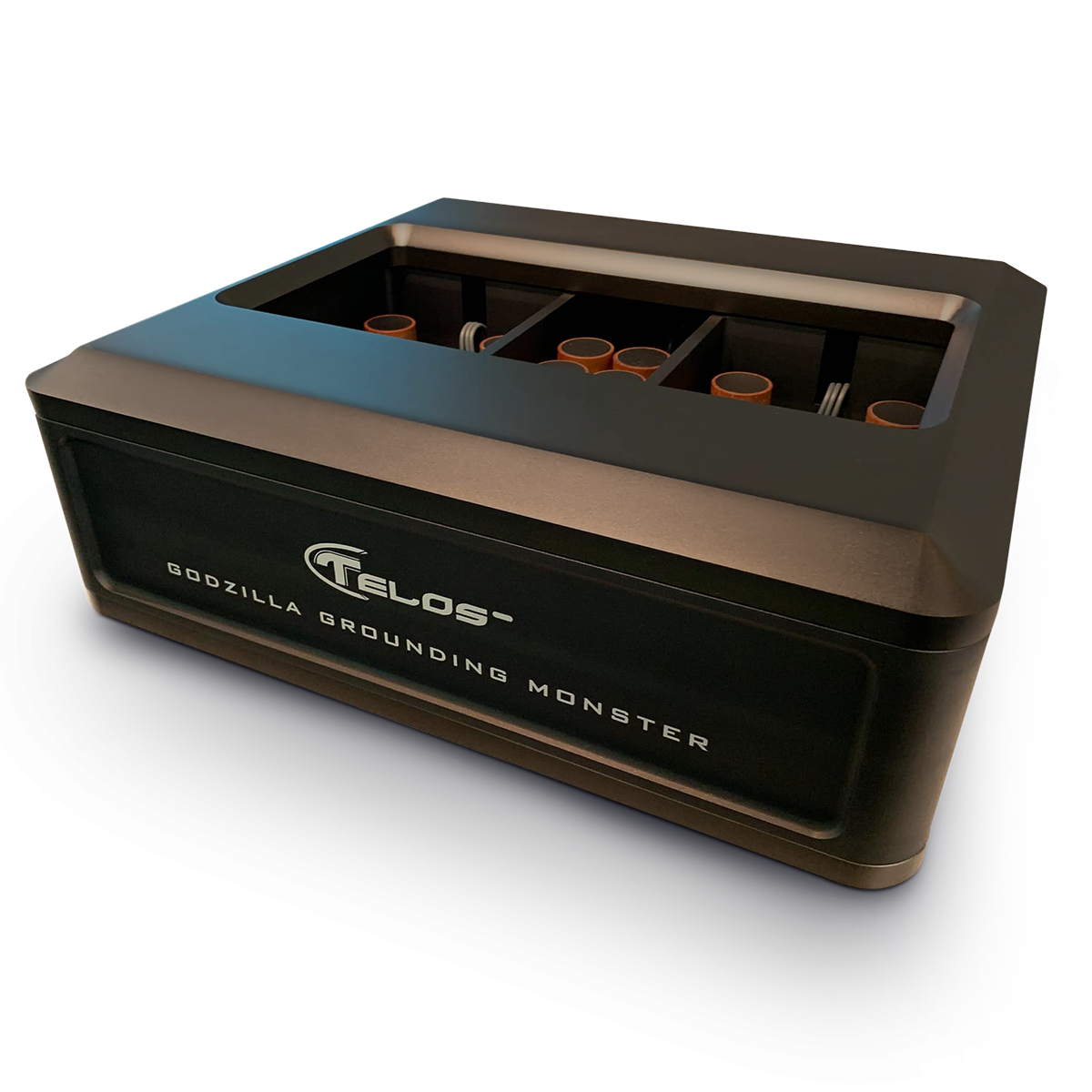
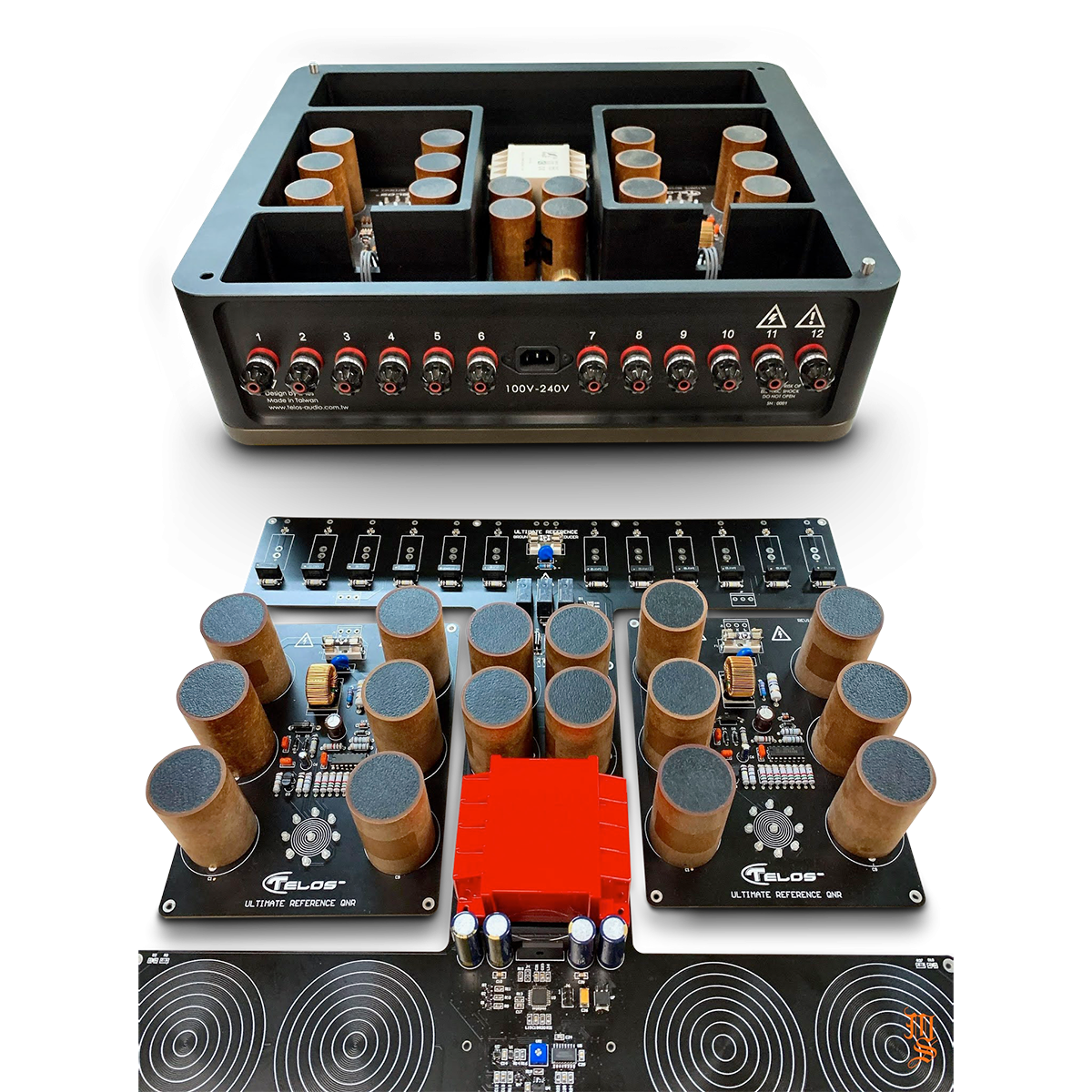
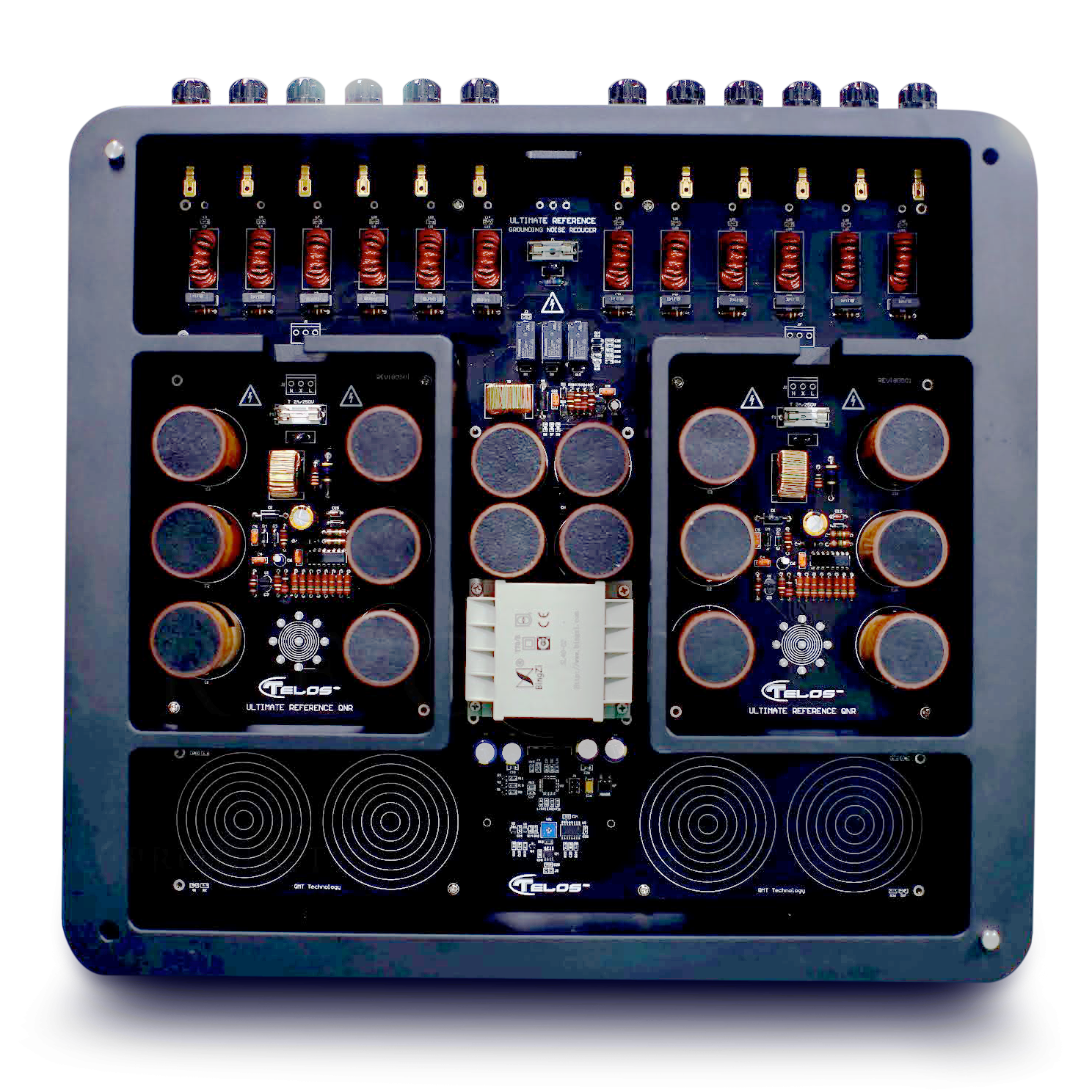
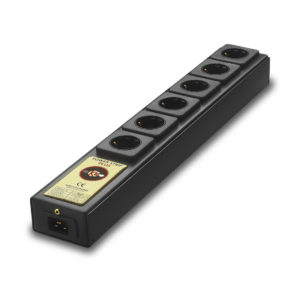
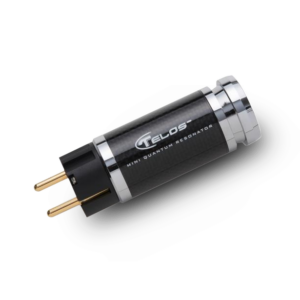
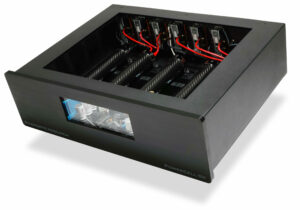
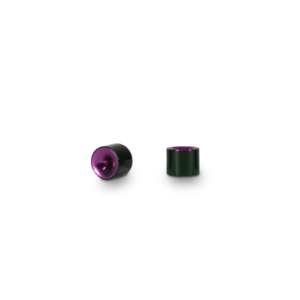
Beoordelingen
Er zijn nog geen beoordelingen.